
Becoming Intimate with the Characters of Wool
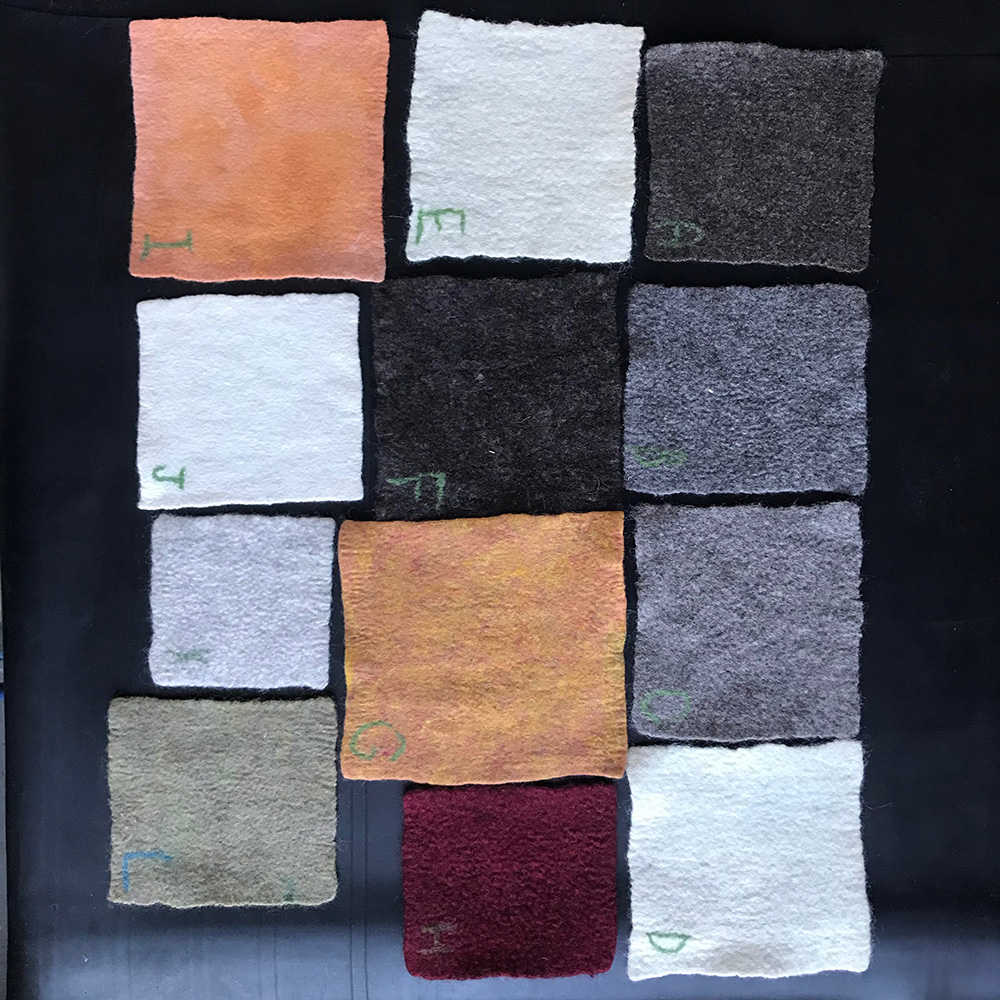
Elise Kyllo discusses craft during COVID and how wool is a version of resilience.
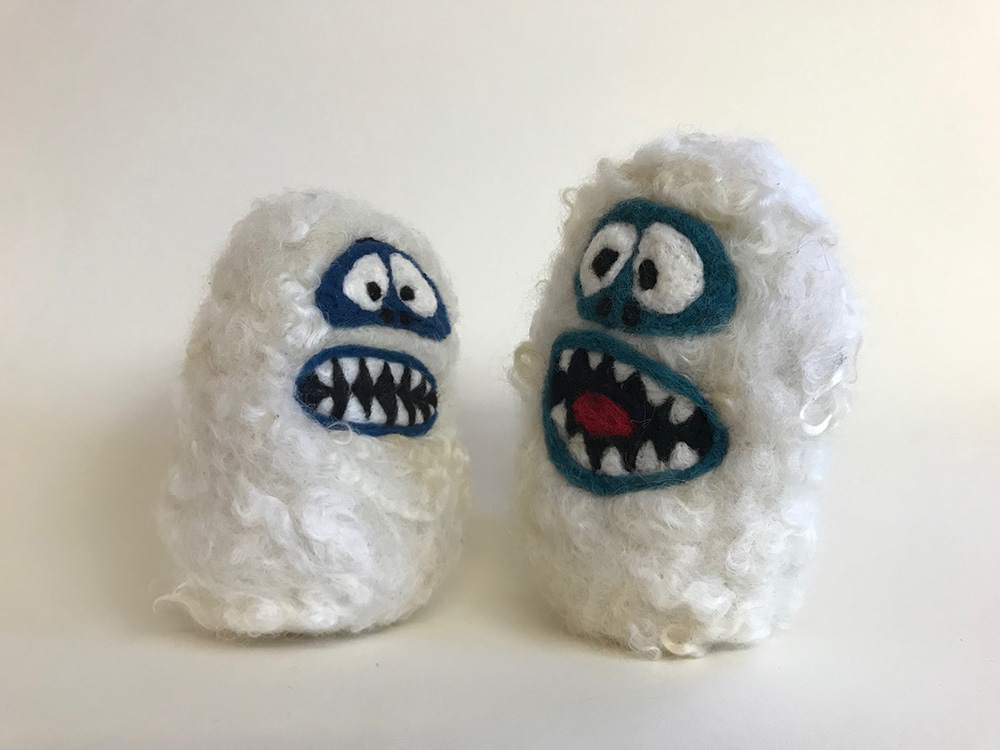
One of my favorite woolly characters is the Abominable Snowman from the Rudolph the Rednosed Reindeer movie. Did you know that Rudolph was made from felted wool and the ferocious Bumble was likely made from wool also?!
When the Governor asked all of us to stay home, it took only a moment to determine that we were of the lucky few that could safely continue to go to work. The Artists in Residence of North House Folk School, live across the street from Betsy Bowen’s “church” which is where we have our studios; our home, away from home, away from home. It couldn’t be more ideal to walk across the VERY QUIET street of Grand Marais to go to work.
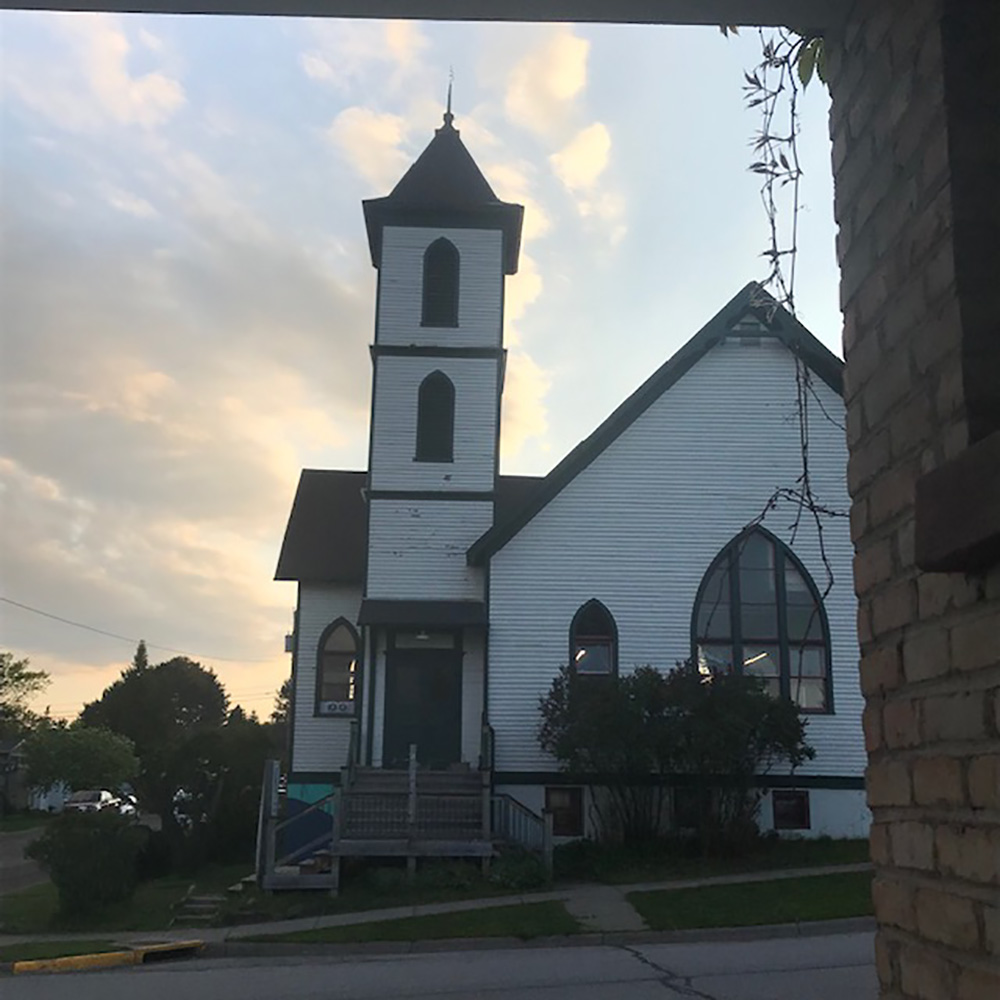
Betsy Bowen’s Studio A place for creativity and the arts for 48 years!

I am lucky to be sharing Covid isolation with my ADP studio mates, Emily Derke, Christine Novotny and Josh Tolkan. We are all adapting to using the internet to interact with the world. Here we are giving a virtual studio tour for family and friends while we are unable to host our monthly open studio nights.
Looking back at 2019, there was a constant whispering, “I just want more uninterrupted time in the studio”. Well, the Genie granted my wish with a completely Covid cleared calendar and an abundance of studio time. It has been an amazing gift of time and space, a productive retreat from the news and realities of covid, with endless projects waiting for my attention. The past two months have gone by quickly and still my to do list is a mile long and seems to grow every day.
I feel super fortunate to be surrounded by others who are motivated and inspired to find creative ways to continue their work. Sharing a studio with 3 other “makers” is very helpful at this time, for when my focus wanes, I am inspired by their energy and presence. I am supremely impressed by all of the North House staff that have so gracefully and willingly taken on new challenges presented by the Covid Virus and continue to find creative solutions. They are a model of ‘resilience” that is so rare in this modern world of specialization and fragile systems
re·sil·ience /rəˈzilyəns/
Resilience is the capacity of a system to absorb disturbance and reorganize while undergoing change, so as to still retain essentially the same function, structure, identity and feedbacks. (from the book called The Transition Handbook, from oil dependency to local resilience)
Years ago, I was interested in preparing for economic collapse and creating social networks of resiliency, which was motivated by a feeling of impending doom caused by peak oil, climate change and...... I never imagined this feeling of collapse would surface from a virus that threatens our routines, expectations and freedom. In a community like North House Folk School, I feel a sweet sense of security that there is deep knowledge about living a life handmade and being less dependent upon buying things from a store to have basic needs met. North House Folk School instructors are craftspeople that are passionate about keeping old world knowledge alive and teaching others how to use their hands to get things done, like making tools, building houses, boats, furniture, making clothing, gathering food....the list is far too long, but there is an amazing foundation of important skills being kept alive.
Wool, is my personal version of resiliency. I am challenged to make wool a useful alternative to so many of our fibers that are created in a chemistry lab and then produced in toxic environments by a population of people invisible to us. Most people don’t know that only 3% of our clothing is made in the U.S. and nearly all of the fiber grown in the U.S. is shipped abroad to be processed and fabricated. To investigate this leads to a dark rabbit hole that isn’t very pretty. I know enough to be motivated to buy less, make more and share this with others. If only I had a small flock of sheep and endless amounts of time and energy, I would have fiber for making clothing, a source of dairy, meat, fertility and grazing animals that would be a positive part of reducing climate change. Well, for now, I am not a shepherdess, but I am focused upon felting and learning how to use this amazing fiber. As a part of my desire to live more simply and trying to be aware of how I use resources, one of my goals is to use more local wool.
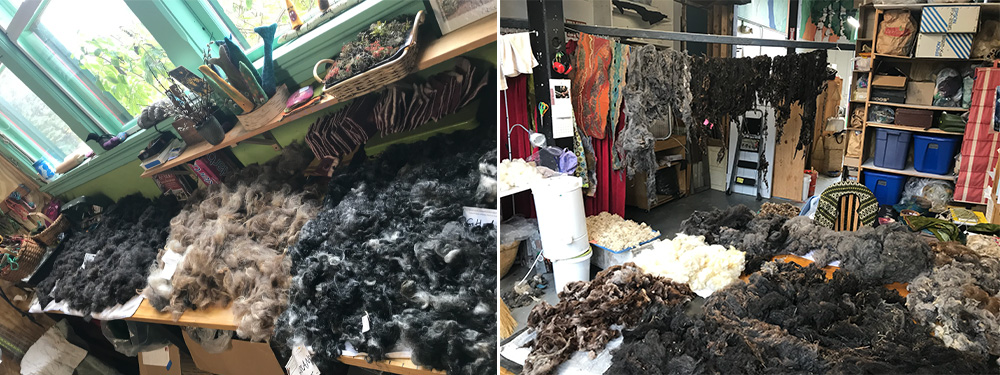
Wool drying in my studio in preparation to be made into wool batting.
To step in this direction, I finally processed about 55 lbs of wool that I have purchased from local farmers over the years. This would be an experiment with a variety of wool that I could use in my work. I took my wool to St. Peters Woolen Mill and had them mix breeds of wool and turn them into wool batting. Now I have about 32 lbs of wool that I am “TRYING” to use.
The first few projects using this wool was disappointing. Much of it was slow to felt, it didn’t have a tight bond and I didn’t like the way it felt or felted. This led me to the task I had been avoiding...my whole life, but a challenge I knew it was time to accept! I needed to make samples using a variety of wool breeds, be methodical, take notes and be fastidious in process and observation! I needed to become intimate with the wool, learn about its character and use this information to make an educated decision about which wool to use for each particular felting project.
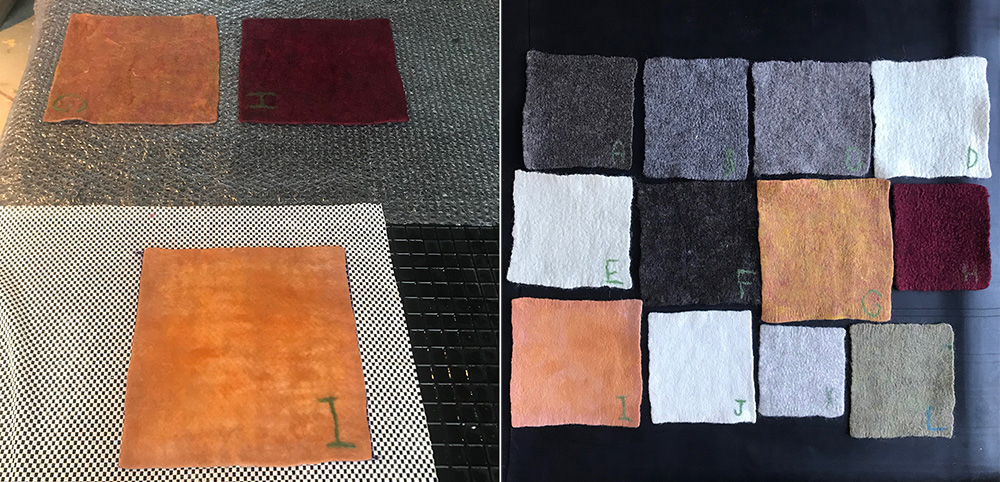
Making wool samples/test squares
I began this task by creating numerous samples of felted wool, each one using 1/2 ounce of wool, laid out with 4 layers in a 10” square and was then rubbed, rolled and agitated for a certain amount of time. From the pictures you will notice how differently they felted (shrunk). If you could feel them you would also notice the more subtle differences that can be so important.
Felting without knowing your wool is completely fine, but there is always a risk in outcomes you didn’t expect or desire. For example, the first felted jacket I made looks like a primitive battle jacket no arrow would penetrate and it sheds whisps of goat hair as if I were Pig Pen in Charlie Brown. It is now a scarecrow being torn apart by squirrels for nesting material. No two wools are alike, even from year to year the same sheep could have wool with subtle differences based upon what they were eating and their health. If you jump into a project and don’t know the wool, be warned that you may be surprised by a wool that sheds, wool that won’t felt, wool that shrinks too much, doesn’t shrink enough, wool that is stiff as a board or wool that pills over time.
I am learning that these samples are extremely worthy of the time they require. As I make larger items, like wool vests, skirts and dresses that require a substantial investment of time and materials, it helps to know how the wool behaves. Everything I make could be a success or a failure if I don’t use the right type of wool for the particular project.
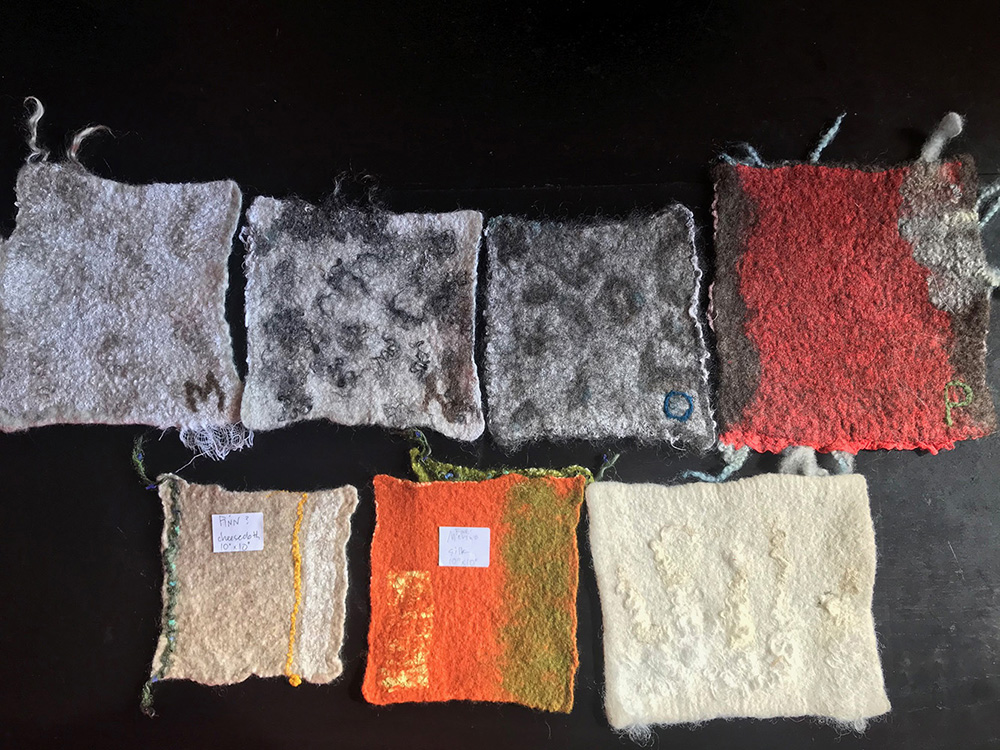
Wool felted to other fabrics, Nuno Felting
Making samples could be an endless project if you are like me and always experimenting. I am fascinated by the interactions between wool and other materials like silk, cheesecloth, yarns and other animal fibers. When wool is felted into another material, this is called nuno felting. The options are endless and the way one affects the other is fascinating. For me, this is where “craft” ends and “art” begins. No two pieces are alike and there is the possibility of painting, sculpting and designing textural surfaces.
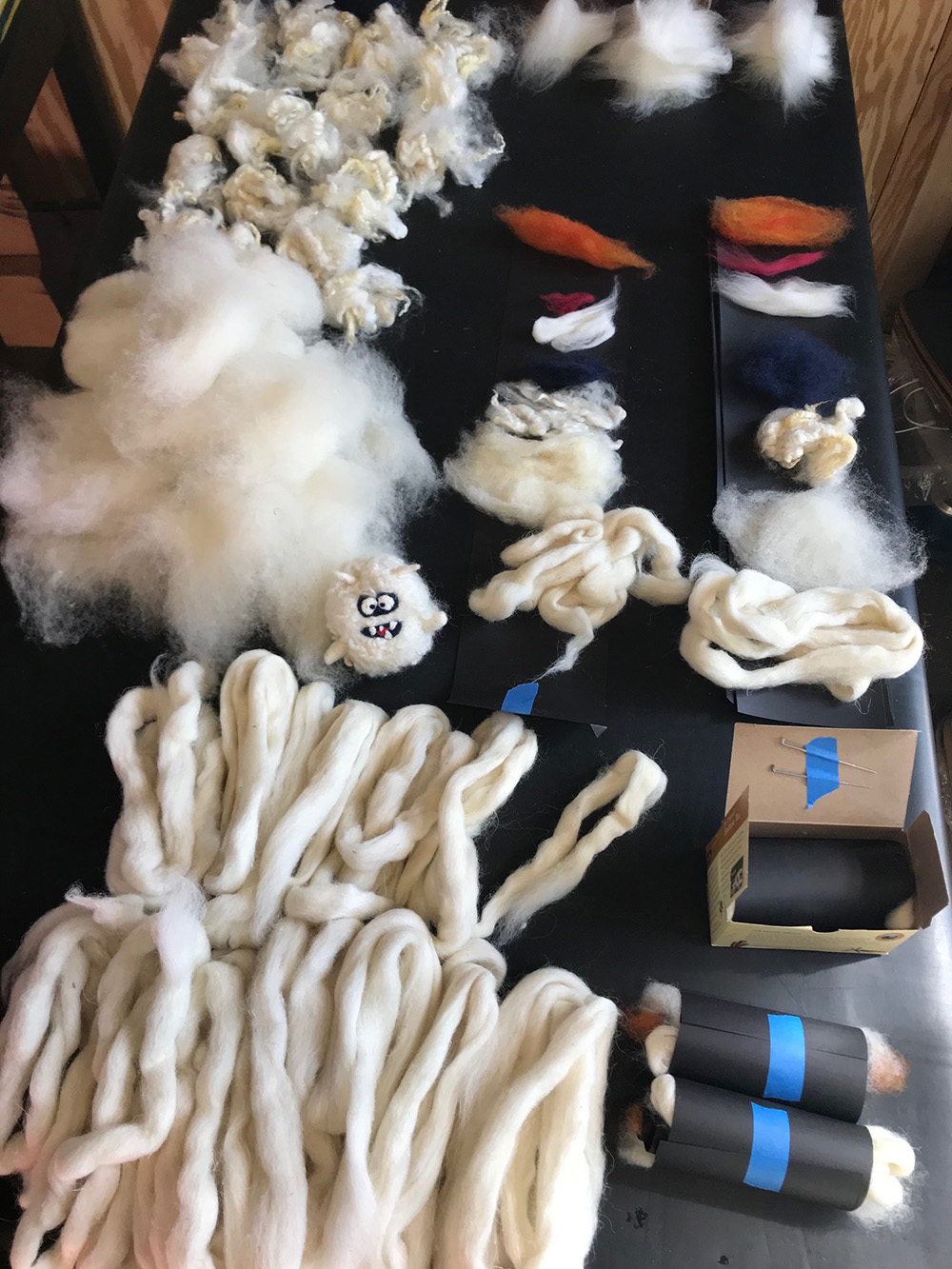
The Abominable Snowman “Bumble” Needle Felting Kit
One of my current projects is the creation and selling of the “how to needle felt the Abominable Snowman or Bumble”. I have put together a package of all the supplies needed; wool, needles, a band aid, directions and photos of the process, so that anyone can make their own. It is a great way to learn about sculptural felting and practice needle felting. In this kit, 6 different types of wool are included, each wool chosen for its particular purpose in the project. The Bumble Kits are available at North House Folk School store or at my website: worksinwool.com
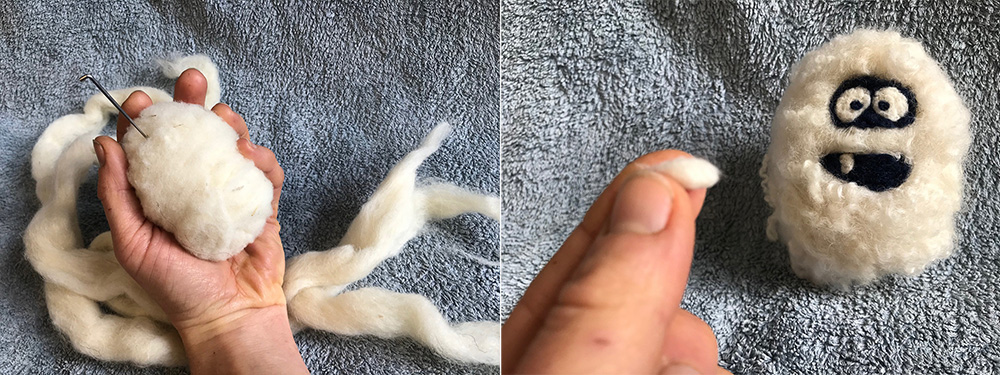
For those interested, there is a version of the Abominable Snowman kit that includes humorous directions about how to use your needle in your own Abominable Mr T. doll. You may need to use your imagination to decipher what I mean. These are also available, either in a kit form or in finished doll form, ready for use. 50% of all sales will go towards rebuilding demolished businesses and community in Minneapolis. These are available through my website worksinwool.com or emailing me at elisemkyllo@gmail.com